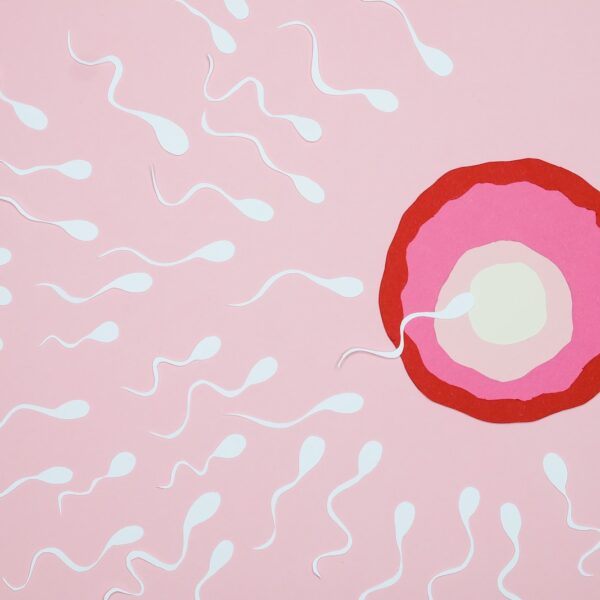The pain tolerance of women varies, but an IUD insertion is usually a quick and easy procedure. It’s also totally normal to have cramping and discomfort afterward.
If you or your partner can feel IUD strings during sex, talk to your doctor. Depending on the situation, your physician may trim the strings or switch you to a new device.
Cramps
Depending on the type of IUD, women may experience cramps during the initial days after insertion. This cramping is not related to sexual activity and should go away shortly after the procedure. Taking a pain reliever, such as acetaminophen (Tylenol) or naproxen sodium (Aleve), can help with the discomfort.
IUD insertion can be painful for some women. During the procedure, a healthcare provider will place a tool called a speculum inside the vagina to hold it open and then use a device to insert the IUD into the opening of the cervix. This can cause a sharp or uncomfortable sensation that lasts a minute or two. The doctor may also apply a topical anesthetic or medication to reduce the discomfort.
The insertion of an IUD is a simple procedure that can be done at any time during the menstrual cycle. Ideally, the IUD is placed during the last day of the period because the cervix is soft and dilated. It is important to schedule an appointment with a gynecologist who is experienced in placing IUDs.
Some women describe their IUD insertion as “a pinch” to being the worst pain of their lives. Some women feel that health-care providers don’t take their complaints about pain seriously. If cramping is severe or occurs with other symptoms, such as foul-smelling discharge or heavy bleeding, a woman should see her gynecologist right away.
Bleeding
While bleeding after IUD insertion is rare, it is important to monitor and pay attention to any symptoms that may come up. If a woman has severe pain — worse than when she got the IUD in, Minkin says — or heavy bleeding that lasts more than a day, or both, she should call her doctor immediately.
The good news is that, despite online horror stories about IUD insertion, complications are uncommon. And the American College of Gynecologists and Obstetricians points out that “most women who get IUDs have no problems with their insertion.”
Your cervix is located within your vagina, so you or your partner with a penis should not feel the IUD itself during sexual intercourse. But your IUD does have strings that hang down from your cervix, and those strings can be felt when you or your partner inserts fingers into your vaginal canal.
During the IUD insertion procedure, your doctor will lubricate you and then use what looks like a skinny soda straw to place the IUD at the bottom of your uterus. She will also check your cervix’s position by using that skinny instrument, and may also insert a small balloon-shaped piece of plastic to measure the depth of your uterus, so she knows how deep to put in your IUD. She will probably also tell you to take a dose of over-the-counter pain management medicine, such as ibuprofen or naproxen (Motrin and Advil, respectively), an hour before your appointment to help minimize the discomfort.
Displacement
The doctor who inserts an IUD puts a small tool in your vagina to open it, then uses an applicator tube to push the device through and into your uterus. The IUD’s “arms” are inserted into the small opening of the cervix that leads to your uterus. After the doctor checks the position and size of your uterus, she folds up the applicator tube and removes it from your body.
The procedure is quick, simple and usually not painful—but pain tolerance varies from person to person. Some women describe feeling a lot of discomfort, but others feel numb or only mildly uncomfortable. “My doctor said it would hurt a little bit, and that was true,” says Tiffany Washington, 29, of Richmond, Virginia. “I walked in, and I looked at my doctor’s face. She rolled her eyes and said, ‘You’re back already?’”
A few months after getting her IUD, Washington was experiencing pain during sex. “It was a lot worse than what I had experienced during my insertion,” she remembers. Her partner was also complaining about the discomfort.
The problem is that the uterus may push out (or expel) your IUD—which can be very painful. This happens in two to 10 percent of people who have IUDs, and it can occur even if the uterus is healthy. In some cases, the IUD is expelled into the uterus scar that surrounds the cervix and is not easily noticeable.
Infection
There’s a small chance that an IUD can be rejected by the womb or that it will move (displacement). This is rare and most often happens soon after your doctor places it, which is why it’s important to practice self-checks (check the strings for a short length of time once a month). Your provider will teach you how to do this.
If you feel pain during sex with an IUD, it’s likely that the string has become shorter and that your partner is touching it with the tip of his penis. This is a sign that the IUD needs to be repositioned.
Occasionally, the insertion process can cause infection. This is thought to be because the instruments used during insertion can carry with them organisms from your lower genital tract. However, because the IUD is inserted into your uterus, it’s unlikely that this will affect contraceptive effectiveness.
There are many reasons you might experience painful sex with an IUD, including: infection, hormone changes, lack of foreplay, poor lubrication, or an STI. If you are experiencing any of these symptoms, speak to your gynecologist about them. She will work with you to find a solution that works for your body and your relationship. Until then, use alternative forms of birth control. Do not try to remove the IUD yourself!




Leave a Comment